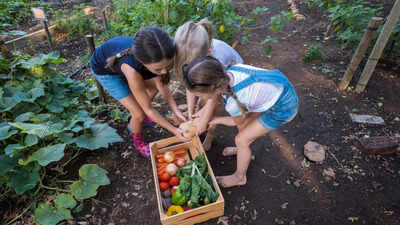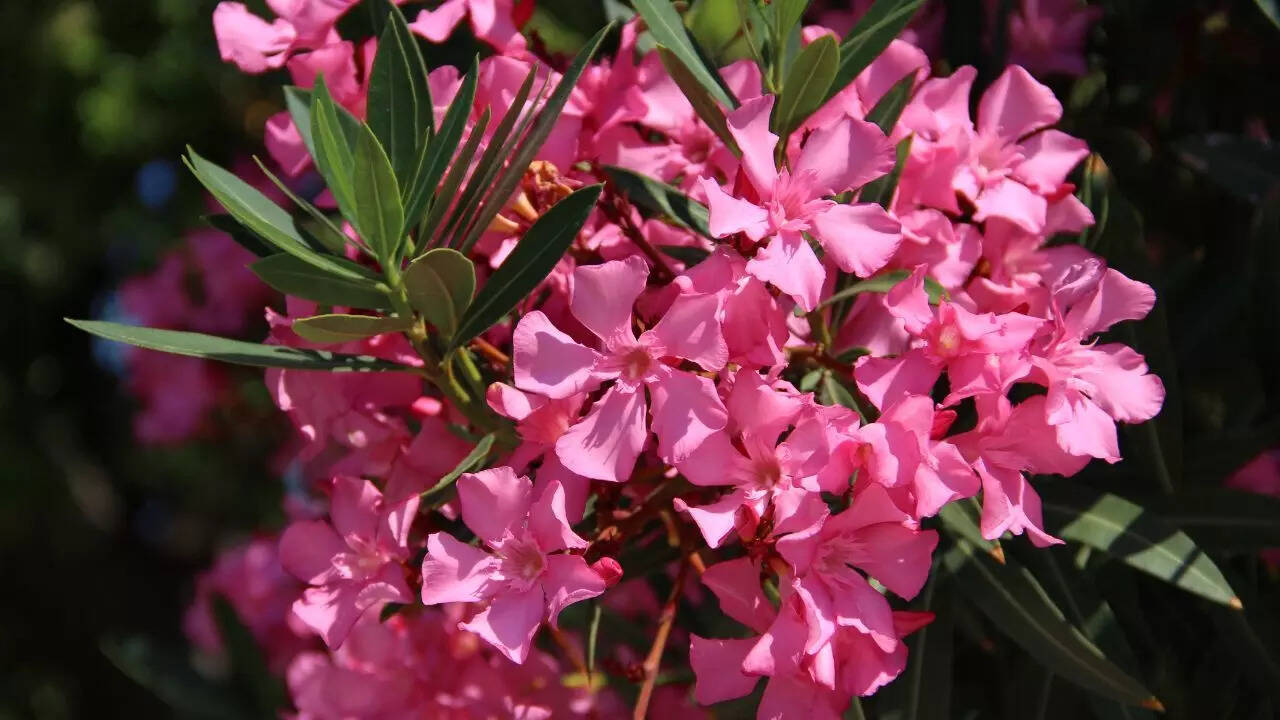ARTICLE AD BOX

Gardens are wonderful spaces for children to explore, play, and connect with nature, but they can also hide hidden dangers. Many common garden plants contain toxic or poisonous compounds that can pose serious health risks if ingested or touched.
A study published in NIH revealed that 78.5% of children who ingested plant poisons did so within their own home gardens or neighbourhoods, highlighting the prevalence of hazardous plants in residential areas. This highlights the importance of parents being vigilant and proactive in identifying and managing potentially toxic plants in their surroundings. Understanding which plants are hazardous, fencing off or removing dangerous species, and teaching children about plant safety are key steps.
By taking precautions, gardens can remain fun, educational, and safe for little explorers.
Making your garden safe for children
The first step in creating a child-friendly garden is familiarising yourself with poisonous and dangerous plants. By knowing which plants are harmful, you can avoid planting them in areas accessible to children. If hazardous plants are already in your garden, consider removing them, relocating them, or fencing them off.
Children usually begin to understand not to eat unknown plants around the age of three, but younger children require extra caution.Supervision remains vital, but combining careful observation with preventive measures ensures a safer environment. Teaching older children about plant safety gradually helps them develop awareness, but toddlers and preschoolers need physical barriers and guidance to prevent accidental ingestion.
Plants that pose health risks to children
Oleander (Nerium oleander and Thevetia peruviana)

Oleander, including the common pink and yellow varieties, is highly toxic. Every part of the plant, from leaves to seeds, contains potent toxins. If ingested, oleander can cause dizziness, vomiting, diarrhoea, irregular heartbeat, dilated pupils, coma, or even death. Fencing off oleanders or removing them from gardens frequented by children is essential. Even small amounts of ingestion can be life-threatening, so extra caution is warranted.
Mushrooms and toadstools

Many wild mushrooms and toadstools produce deadly toxins. Species such as death caps or fly agaric mushrooms can be fatal if eaten. While these are more commonly found in forests or parks, mushrooms often appear in home gardens after rain. Removing all mushrooms until children are old enough to understand not to touch them is a simple but effective precaution. Poisonous mushrooms can cause nausea, vomiting, diarrhoea, and in severe cases, death.
White cedar tree (Melia azedarach)

The white cedar tree is a native species that produces small, yellow fruits, which are highly toxic. Consuming the fruits can lead to nausea, vomiting, diarrhoea, lethargy, confusion, coma, and seizures. Children should be kept away from fallen fruits, and young trees should be planted in areas that are inaccessible to kids or fenced off for safety.
Castor oil plant (Ricinus communis)

The castor oil plant is a common ornamental weed with highly toxic seeds, flowers, and leaves.
Even chewing a few seeds can cause severe nausea, vomiting, diarrhoea, and abdominal pain. Gardeners should ensure that children are supervised around this plant or remove it entirely from play areas to prevent accidental ingestion.
Coral tree (Erythrina genus)
Coral trees are visually appealing with bright flowers, but they are toxic. The seeds, leaves, and bark can harm children if ingested. Seeds are particularly dangerous and can cause shortness of breath, weakness, and light-headedness.
Keeping children away from coral trees and teaching them not to touch unknown plant parts is essential for safety.
Deadly nightshade (Atropa belladonna)

Deadly nightshade produces small, glossy berries that are highly toxic. The attractive purple or black berries can easily tempt children. Eating them may cause drowsiness, skin discolouration, fever, vomiting, confusion, and hallucinations. This plant should not be grown in areas accessible to children, and any accidental ingestion should be treated as a medical emergency.
Rhus or wax tree (Toxicodendron succedaneum)
Commonly called poison ivy, this plant can cause severe allergic reactions. Contact with leaves, stems, sawdust, or ash can result in rashes, itchiness, blisters, and skin discolouration lasting days or even weeks. Protective clothing is essential when handling or removing the plant, and children should be taught to avoid it entirely.
Hydrangeas (Hydrangea macrophylla)

While not as dangerous as the other plants listed, hydrangeas contain cyanogenic glycosides in their leaves and buds.
Ingesting large amounts can cause mild nausea and vomiting. Hydrangeas are generally safe with supervision, but children should be taught not to taste leaves or flowers, especially in gardens with multiple plants.Making your garden safe for children requires awareness and proactive measures. Avoid planting highly toxic species, fence off or remove hazardous plants, supervise young children, and educate older kids about plant safety. By taking these steps, gardens can remain engaging, educational, and safe spaces for children to explore without unnecessary risks.Also Read: Why an unwashed water bottle is risky for your health: Simple cleaning hacks to keep it germ-free



.png)
.png)
.png)
















 1 week ago
6
1 week ago
6







 English (US) ·
English (US) ·